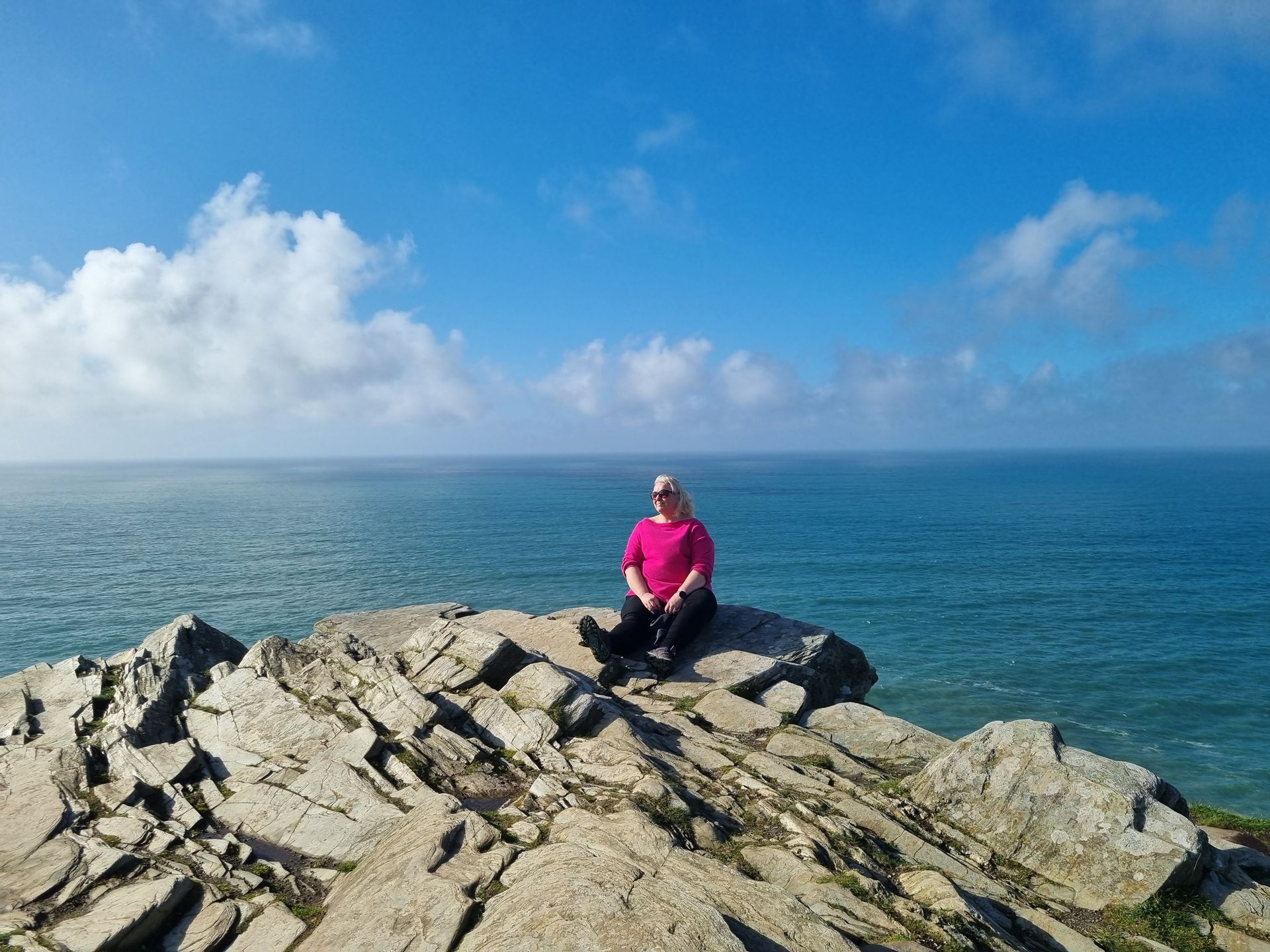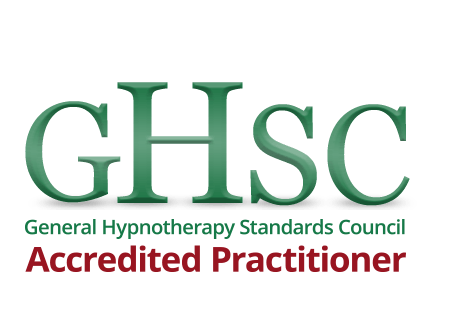Feeling anxious?
Anxiety
Ever felt that fluttering feeling in your stomach right before you do something you’ve never done before or something that is a little bit scary? This is your bodies way of preparing you for what is to come and keeping you on your toes, it is called Anxiety.

Experiencing a certain level of anxiety is good for us, it keeps us on our toes and reminds us that we need to pay attention. When it gets too much however, anxiety can become crippling, leaving you constantly in a state of worry and at times paralysed by fear.
So, what is it? What causes it and how can you manage the level you experience?
I often refer to anxiety as the Big Bad WHAT IF…. When we are experiencing anxiety, we are thinking about what MIGHT happen, so we ask ourselves questions such as,
‘What if I fall flat on my face?’
‘What if everyone laughs at me?’
‘What if I have an accident and then I can’t work, and the bills won’t get paid, and I end up homeless?’
That last one also includes some snowballing where one problem rolls up into bigger ones until you end up homeless in your mind.
We use these questions to create a prison of fear that can stop us from taking any action at all and thus restricting how we live and enjoy life. This can then lead to a cycle of anxiety which perpetuates the feeling – as we avoid doing anything that leads to anxious feelings, we reinforce how good it feels to avoid it and stay safe, leading to more and more avoidance.
What is anxiety?
Let me get this straight, Anxiety is something we create, it is not something that happens to us. Of course, it can be created unconsciously but it is definitely something we inflict on ourselves.
The Fight, Flight or Freeze, (or as one of my more creative biology teachers in school used to call it the, fight, flight, or shite) response –is what is triggered by the brain when we experience anxiety. It is controlled by a region of the brain called the Amygdala. This happens either consciously because we start asking the what if questions and imagining worst case scenarios’ – effectively talking the amygdala into triggering the FFF response or unconsciously.
The unconscious response happens because the amygdala learns through our senses – visual, auditory or kinaesthetic. This means it learns from our surroundings without us consciously processing the fact.
For example.
On Wednesday I decide to wear a red dress and go out and about my business as normal, I have an accident and break my arm. My amygdala may associate wearing red with something bad happening and I will never feel comfortable in red again – but I won’t realise why consciously.
The Amygdala responds to perceived threat by releasing adrenaline into the body which increases blood sugar – all preparing us to face the threat it has perceived. What happens if there is no threat? This is where you start to see the physical symptoms of anxiety manifest in the body:
- Shaking
- Increased heart rate
- Hyperventilation
- Feeling weak
- Unable to sleep
- Gastrointestinal problems
- Difficulty concentrating
These are all physical symptoms of anxiety – because the brain and the body are all linked together in one system and when you feel anxiety, the body responds in physical ways as well as mental ones.
Everyone is different and every body will react differently to anxiety and stress so understanding what your anxiety symptoms are, is an important step as spotting them early can help you manage them.
What can you do?
If you are overcome with anxiety what can you do about it? There are lots of different techniques designed to help you regain control over your mind and body and I will share a few of my favourites with you here.
Breathing methods
We all breathe in and out every day, however using your pattern of breathing in different ways can help you control those anxious feelings. When you breathe out a part of your nervous system activates that naturally helps to calm the body -it is called the Parasympathetic nervous system. This helps to slow your heart rate and relax the intestinal muscles so breathing exercises where you breathe out for longer than you breathe in, if continued for several minutes, can help you to relax and release the anxiety – especially as you are also focussing on the counting which means you can’t carry on thinking about the What if’s.
7-11 breathing
Step 1 - Relax and take some deep breaths
Step 2 - Start to breathe consciously and become aware of your breath, focus on it
Step 3 - On the next inhale breath in for a count of 7
Step 4 - On the next exhale breathe out for the count of 11
Step 5 - Repeat steps 3-4 for at least 3-4 minutes
Notice how different you feel after this exercise
Challenge your thoughts
When you are feeling anxious you can be overtaken by irrational thoughts that lead you to think about all the terrible things that might happen. You can get so caught up in this spiral of negative thinking that you never stop to question these irrational thoughts. So, the next time you see this starting to happen gather the evidence for your thoughts and against them, ask yourself some challenging questions such as:
- Is this based on fact or feeling? – what are the facts am I assuming anything?
- If I were advising someone else on this situation what would I say? - We are harder on ourselves and find giving advice much easier
- How likely is this to actually happen?
- If the worst does happen will it matter next week? Next month? Next year?
When you start to think in this way you can make yourself feel better by realising that your fear may never actually happen but if it does you can manage it.
5…4…3…2…1….
If you do find yourself in a full-blown panic attack or overcome by anxiety then you can use this well known technique to bring you back to now. As anxiety is worry about the future, grounding yourself in the present moment will help you release those feelings. So, the 54321 technique is all about noticing your surroundings. Look around you and do the following:
Name….
- 5 things you can see around you
- 4 things you can feel or touch
- 3 things you can hear
- 2 things you can smell
- 1 thing you can taste
While you are focussing on these and engaging the senses it is IMPOSSIBLE to think about anything else. Go on try it, I challenge you to think anything other than those things when you do this exercise.
Another variation on this is the 333 method
- Name 3 things you see
- 3 things you can hear
- Move three parts of your body
Final thoughts
I have suffered mild anxiety throughout my life, and it is only recently that I have come to realise or acknowledge that this is what it is. From working with clients who suffer from debilitating anxiety I know that it can completely ruin your life. Anxiety can strike anyone, even the most confident person, but it can be beaten.
I have shown you a few methods of dealing with it here, I am also writing an anxiety toolbox book which contains many different tips and techniques to overcome and manage anxiety, as well as explain some of the science behind how it works in ways it is easy to understand.
If you’d like to sign up for notification when this is being released, then please complete this form here.







